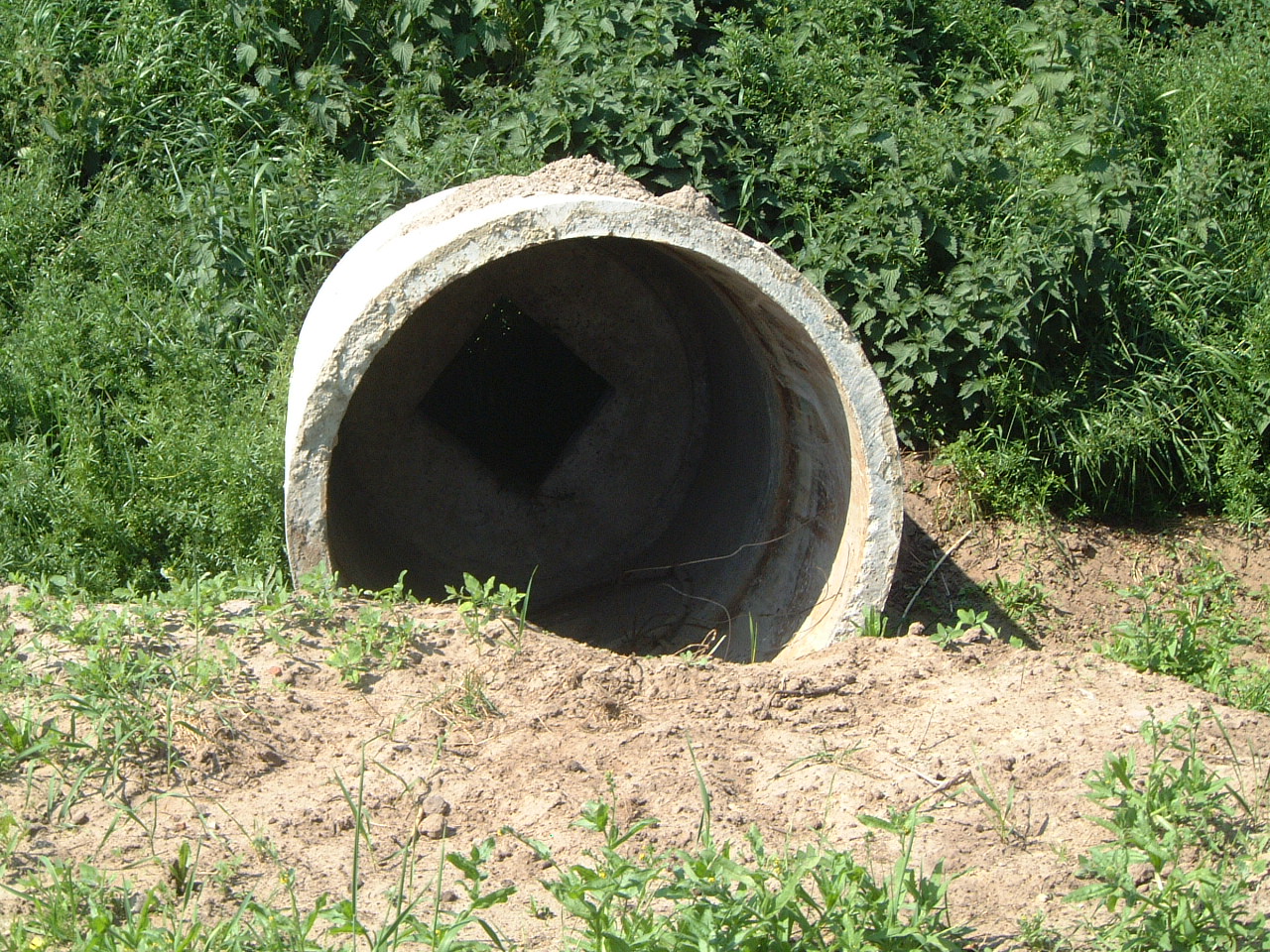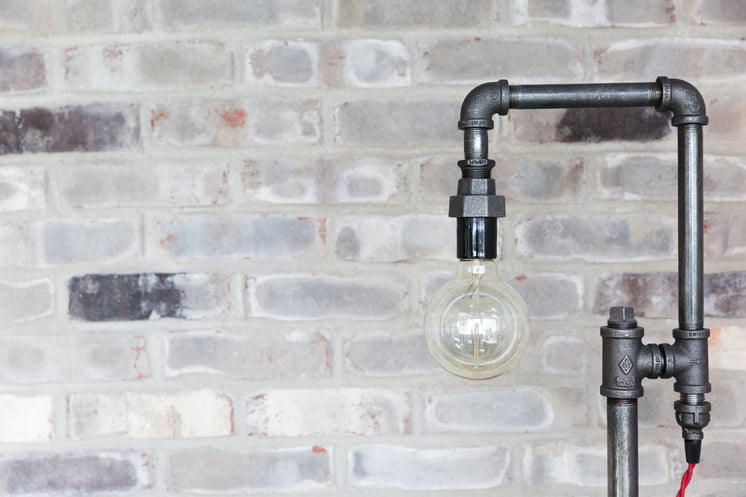Exploring the World of 9mm Smoking Pipes
페이지 정보

본문
일정 시간 : 1970년 01월 01일 09시 00분 ~ 1970년 01월 01일 09시 00분
 If you've ever smoked a pipe, you've probably heard the term "9mm smoking pipe" and wondered what makes it different from other pipes. A 9mm pipe is a tobacco pipe with a stem that has a hole drilled in it to fit 9mm-diameter filters. This isn't just a technical element; for many fans, it's a game-changer that lets them customize their smoking experience by balancing filtration, draw, and flavor. These pipes are popular because they can be used in many different ways, especially by people who like a colder, drier smoke. They come from European pipe-making traditions. In this blog, we'll break down the basics using information from smokers and experts to offer you a complete picture. Let's break it down with some frequent questions, whether you're a beginner interested in filtration or an experienced piper trying to decide what to buy next.
If you've ever smoked a pipe, you've probably heard the term "9mm smoking pipe" and wondered what makes it different from other pipes. A 9mm pipe is a tobacco pipe with a stem that has a hole drilled in it to fit 9mm-diameter filters. This isn't just a technical element; for many fans, it's a game-changer that lets them customize their smoking experience by balancing filtration, draw, and flavor. These pipes are popular because they can be used in many different ways, especially by people who like a colder, drier smoke. They come from European pipe-making traditions. In this blog, we'll break down the basics using information from smokers and experts to offer you a complete picture. Let's break it down with some frequent questions, whether you're a beginner interested in filtration or an experienced piper trying to decide what to buy next.What does "9mm pipe" mean, and how is it different from 3mm, 4mm, and 6mm filter systems?
When we say "9mm pipe," we're talking about the diameter of the hole drilled into the pipe's stem for the filter, which is the tenon where the filter sits. This 9-millimeter measurement tells you how big of a filter the pipe can hold. It makes sure that the filter fits snugly and lets air flow and filtering happen without leaks or blockages. A 9mm system is designed to work with bigger filters that help absorb moisture and reduce tar, unlike unfiltered pipes, which only use the tobacco chamber and stem to let smoke through. Now, look at smaller systems like 3mm, 4mm, or 6mm. These have narrower bores, so they can only use filters that are the same size. This usually makes the draw tighter and the filtering surface area less. For example, a 6mm configuration could feel more constricting, so you would need to pack it more loosely to keep the draw open. A 9mm arrangement is more flexible; you can even use adapters to try out smaller filters or go without filters. The main difference is how well they work. Smaller diameters, such 3mm or 4mm, are prevalent in little pipes and can be preferable for those who don't want to do much, but they limit the types of materials that can be used with them, like activated charcoal, which works better in the bigger 9mm format for greater absorption. In the end, choosing a 9mm pipe means picking a smoking equipment that can be used in many different ways. However, it has to have matching parts to avoid airflow problems or an uncomfortable experience.
There are several kinds of 9mm pipe brands filters, such charcoal, meerschaum, balsa, paper, and metal. What are the differences between them?
There are many different types of 9mm filters, made from materials including activated charcoal, meerschaum, balsa, paper, and even metal. Each one has its own unique features that affect how well it controls moisture, how hard it is to draw, and the overall quality of the smoke. Activated charcoal filters, which are often in cartridge form with granules inside paper or ceramic ends, are great at soaking up tars and nicotine to make smoke drier, but they can also dull flavors because they filter so well. Meerschaum versions, which usually include little balls or chips inside a cartridge, use the mineral's natural porosity to maintain humidity very well without changing the flavor too much. This makes them a popular for people who want a clean taste without any changes. Balsa filters are made of light hardwood rods and have absorbent fibers that pull moisture away from the air while letting air flow through them easily. This frequently makes the smoke cooler than when using denser materials. Paper filters, which are just rolled-up tubes, provide basic filtering with a lot of airflow, but they don't last as long and can occasionally leave a mild papery taste if they aren't replaced often. Metal filters are less prevalent in 9mm sizes, but they work like fixed screens that capture particles without absorbing much. They are different since they may be used again, although their stiff construction may change the draw. Each type affects the smoking dynamic in a different way. Charcoal and meerschaum focus on heavy filtration for a smoother hit, while balsa and paper focus on subtlety. Metal adds durability. The choice usually comes down to personal preference for how much absorption they want and how they change the pipe's resistance and taste profile.

- 이전글The Multichain DeFi Reciprocate and Knuckle under Ecosystem 25.08.22
- 다음글A Beginner's Guide to Online Slots 25.08.22
